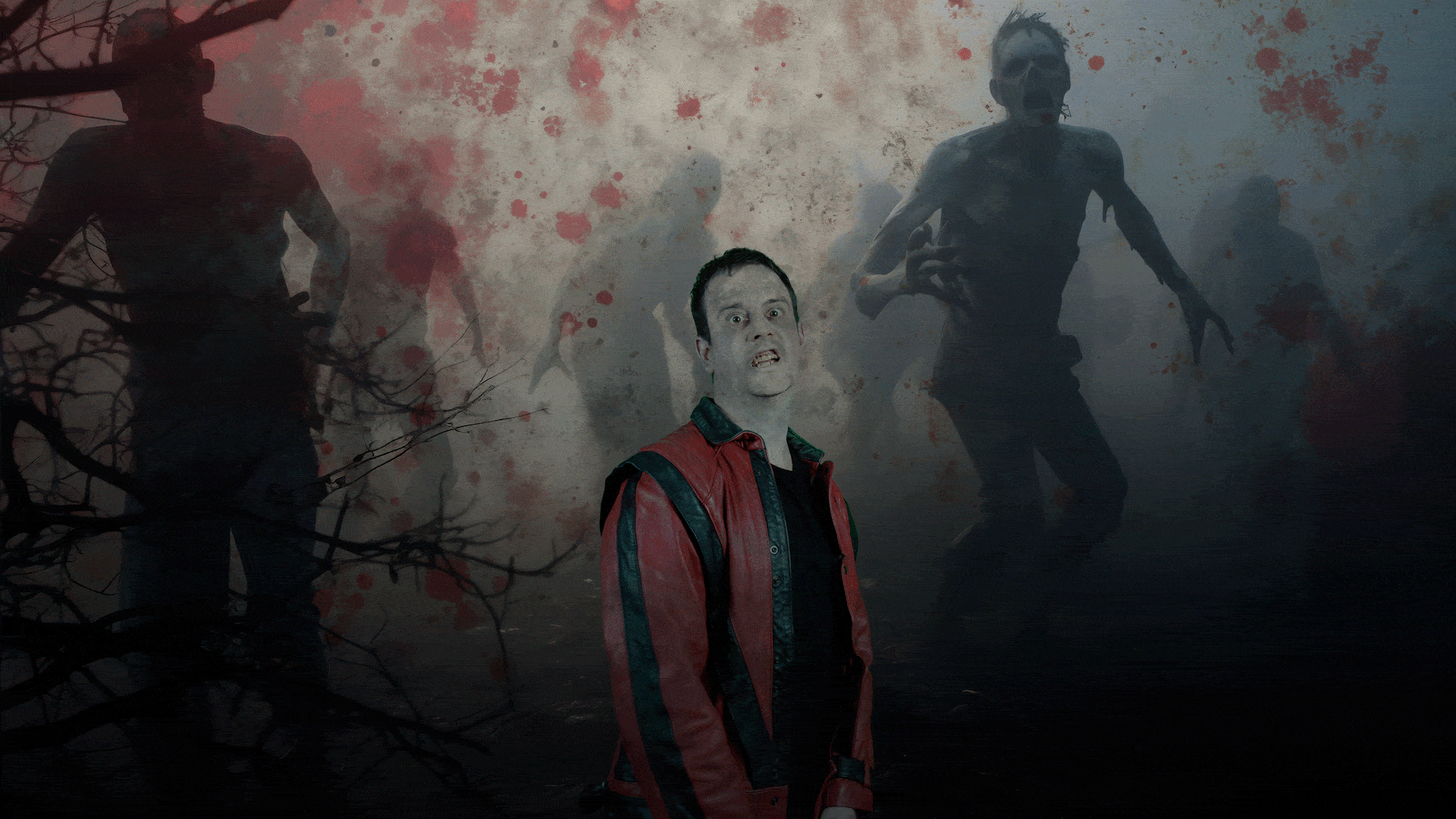Google is at the forefront of developing what is known as the Physical Web, which may impact some aspects of web development.
Websites are highly influenced by the activities of Google. Every time Google makes a big change to its algorithms, savvy web developers adapt their websites in order to retain a high rank in Google’s search results.
Google is involved in many projects, but not all directly affect web development. Streets full of Google driverless cars, for example, will probably have no influence on web design. One development that Google is heavily involved in is the Physical Web, and web developers may need to adapt to this new technology.
What is the Physical Web?
Google defines the Physical Web as:
“An open approach to enable quick and seamless interactions with physical objects and locations.”
Any object can have a Bluetooth-enabled device that can broadcast to any smartphone that is near its location. These devices are called beacons, and they broadcast the URLs of webpages that can be displayed on Google Chrome or initiate push notifications.
What can the Physical Web be used for?
Google has suggested many ways in which the physical web can be used.
It can be used to provide webpages relevant to a person’s location. Any object can broadcast webpage links. Advertisement posters can broadcast product pages, bus stops can broadcast bus timetables, restaurants can send menu offers and movie posters could broadcast a link to the movie trailer. The possibilities are almost endless.
Beacons do not have to be static, either. A dog collar could have a beacon embedded within it. If the dog is lost, the beacon could broadcast a status of “lost, please return”.
Beacons can also initiate push notifications. A restaurant could use notifications to alert customers when their table is ready, and parking meters can send drivers directly to the parking payment webpage.
Try out the Physical Web today
The technology of the Physical Web is available now and can be tested by anyone. Beacon Toy is a Google Android app that turns a phone into a Bluetooth Beacon. Users can broadcast any HTTPS URL which could be a business website, personal website or social media link. When people come near your Android phone, your web address will be detected. It works up to 50 feet away.
Bluetooth beacons work on the Eddystone protocol. This works only for HTTPS pages and the URL address cannot be more than 17 bytes long. For some websites, this may require a URL shortener.
Several manufactures supply Eddystone-certified beacons for embedding into objects.
What about Apple?
The Physical Web can send links to both IOS and Android, but only Android devices can receive push notifications. Apple has a rival system known as iBeacon, which operates on similar principles to Google’s Physical Web.
The main difference between the two systems is that iBeacon is operated by one company, Apple, whilst Google wants the Physical Web to remain open source.
Will the Physical Web and iBeacon change websites?
Google recommends that the URLs sent via the beacons should be for a single purpose, that is designed to have targeted content or to use a specific call to action. Users will not come across these pages by normal browsing. This means that the pages used will be dedicated landing pages rather than the normal pages of a website.
The Physical Web will not fundamentally change websites. Pages accessed by the Physical Web can be regarded as highly targeted content that supplements the main web content. Think of them as PPC landing pages to target passers-by to your premises or ad placements.
- Win two hospitality tickets to watch Liverpool v Toulouse at Anfield - September 25, 2023
- Wanted: Web Developer - June 13, 2022
- Facebook adds ‘automatic invitations’ to invite page followers to your group - May 17, 2021






Breeze Media liked this on Facebook.
Roman Stelmakh liked this on Facebook.
RT @EngageWeb: Will the Physical Web change the way websites function? https://t.co/5TtcuxaLLN
@EngageWeb: Nice! Our approach to the #PhysicalWeb = #inbound #proximity #marketing w/ #browsers, #apps or both. https://t.co/WX4eyyANVO
Basics of @ThePhysicalWeb, by @engageweb. https://t.co/PZ9EyMex6l For advanced use, @phydotnet at… https://t.co/4KhjGooFBV
Basics of #PhysicalWeb, by @engageweb. https://t.co/SQmEVSxGV1 For advanced use, visit #phydotnet at… https://t.co/1abFYbu8wL
Will the Physical Web change the way websites function? https://t.co/71S9vyaKQ9
RT @BKONconnect: Basics of @ThePhysicalWeb, by @engageweb. https://t.co/PZ9EyMex6l For advanced use, @phydotnet at https://t.co/JskaE4qJtL…